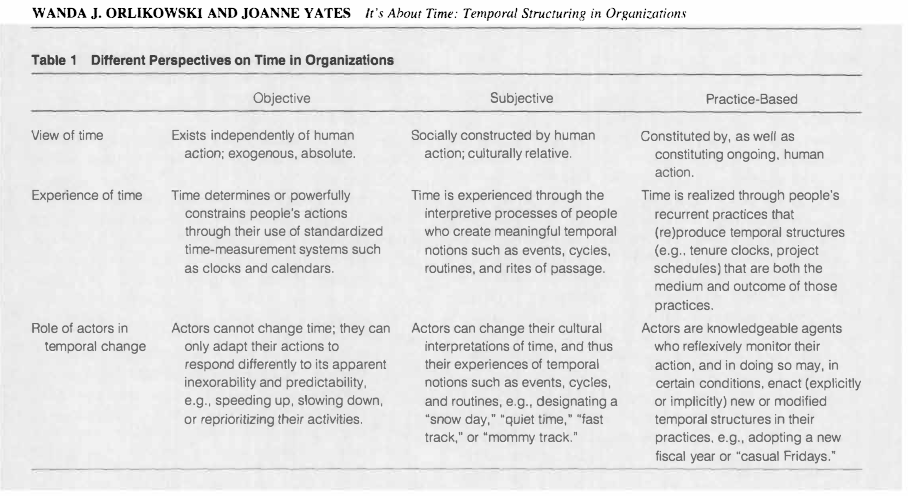I'm definitely up for it.
The idea of blogchains is an interesting one and actually seems to be the meta-subject of an ever-growing and rhizomatic one amongst about a dozen locations. The web of it has grown so large that it's hard to see and conglomerate the entire discussion among Tom Critchlow, Kicks Condor, CJ Ellers, Brendan Schlagel, Venkatesh Rao, and many, many others.
It's been interesting to see it growing slowly but surely.
Next we'll need some additional organization support on some new topics to see where the next iteration of it might go.
I do quite like the idea of the version at https://blog.cjeller.site/blogging-futures, though I suspect that having a stub on something like IndieWeb.xyz might be helpful/useful as well.
In addition to the original discussions of hyperchat and blogchains, many of us have also been having a distributed conversation about the overlap of blogging and wikis for a bit. That conversation has been even less centralized than some of the first and the two have even crossed in places.
What's next?

